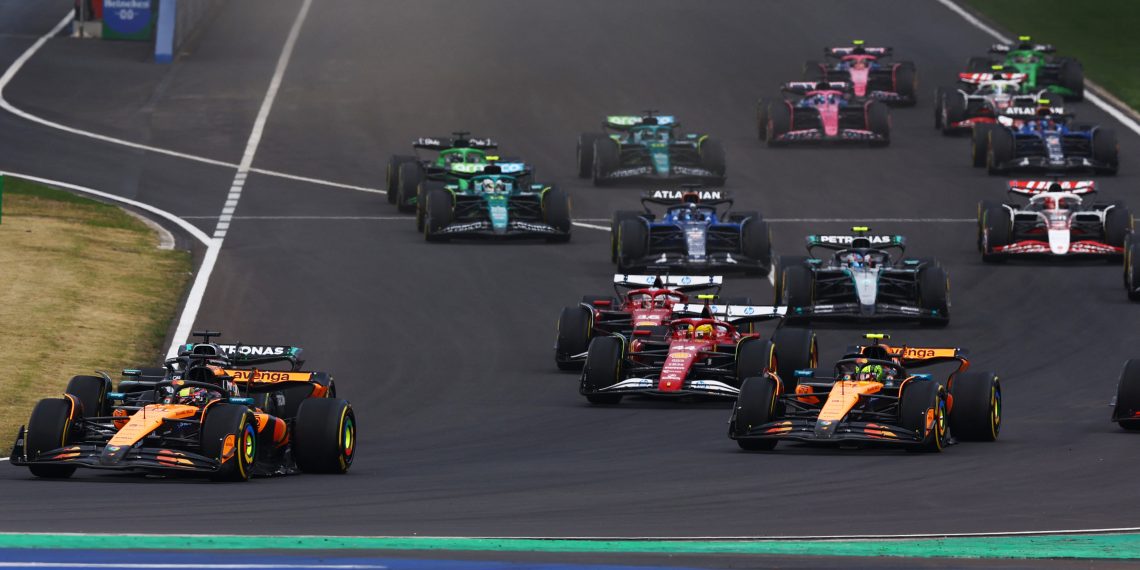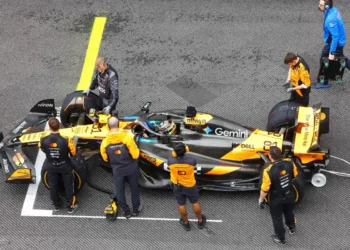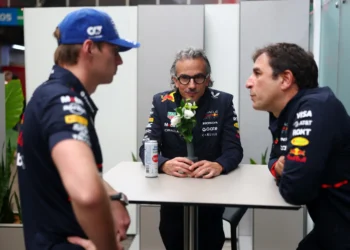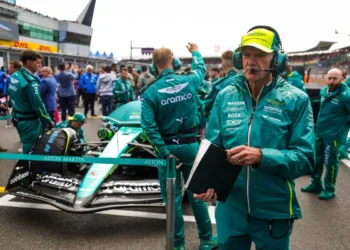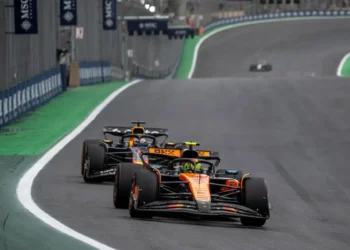Formula 1 is on the brink of a seismic shift in its 2026 engine regulations, as uncertainties and discussions swirl around the future of the sport’s power units.
What was once hailed as a groundbreaking revolution in the world of motorsport has now turned into a hotbed of debate and potential change. The FIA’s initial celebration of six engine manufacturers committing to Formula 1 in 2026 has given way to a cloud of doubt and reconsideration.
Speculation and conflicting viewpoints are rife within the F1 community, with talks of scrapping the complex 2026 power units gaining traction. The sport’s stakeholders are grappling with the evolving landscape of automotive technology and the global economic climate, leading to a reevaluation of the once-unshakable vision for the future of F1 engines.
Key figures like FIA president Mohammed Ben Sulayem and FIA single-seater director Nikolas Tombazis are at the forefront of this paradigm shift, acknowledging the need to adapt to a rapidly changing world. The push towards electrification, coupled with concerns about costs and market trends, has thrown a wrench into the meticulously laid plans for the 2026 engine regulations.
As Formula 1 stands at a crossroads, crucial decisions loom on the horizon. Should the sport prioritize its partnerships with manufacturers, or chart a new course that aligns with the shifting tides of technology and sustainability? The debate over the type of engines to be used, from V10s running on sustainable fuels to V8s with turbo efficiency, adds another layer of complexity to the unfolding narrative.
Amidst the uncertainty and speculation, one thing remains clear – Formula 1 is on the cusp of a transformative period that could reshape the future of the sport. As stakeholders grapple with competing interests and visions, the only certainty is that change is inevitable in the high-octane world of F1.

